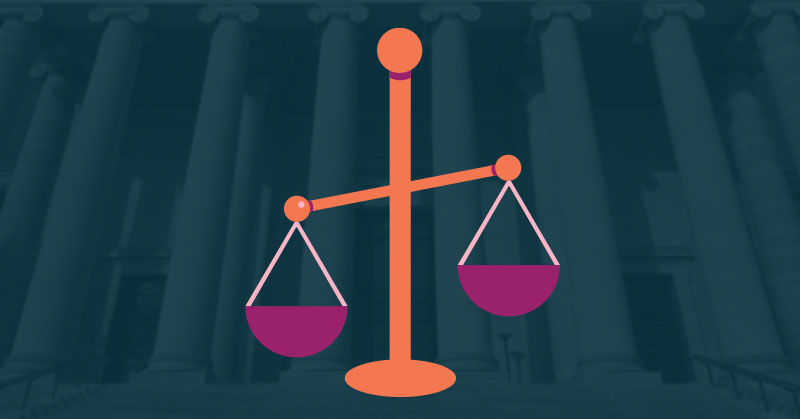
Insurance advertising regulations you need to know
Whether you’re new to the insurance industry or have been in it for decades, it’s critical to understand insurance advertising regulations. Brainstorming marketing campaigns is fun, but if they aren’t compliant, you can find yourself in hot water.
In the United States, the insurance industry is primarily regulated at the state level instead of the federal level. To promote consistency and streamline insurance regulations, the National Association of Insurance Commissioners (NAIC) has developed model laws and guidelines to encourage uniformity. The NAIC’s model laws serve as valuable resources for insurance companies, helping them write and price policies that are fair, adequate, and available to consumers. By following these guidelines, insurers can contribute to a more stable and ethical insurance market.
Today, we’re going over some important insurance advertising regulations that you should know. Because states have the power to adopt or adapt NAIC guidelines, this is not an ultimate guide to all the laws and regulations. Instead, think of this as a set of best practices to follow in the world of insurance advertising. For a more comprehensive overview, we recommend visiting the NAIC website.
Insurance advertising regulation #1– Insurance ads cannot be misleading
You know the saying “honesty is the best policy?” In this case, it applies to insurance policies. According to the NAIC, “Advertisements shall be truthful and not misleading in fact or by implication”. We’ve boiled down this legalese into a few key points, outlined below.
- Use a landing page service. Several specialized services allow people with little to no web development experience building landing pages. Typically, these services have a monthly fee to keep your landing page active and allot a certain number of pages and conversions for your tier. Prices range from $30 to $300 per month. In most cases, landing pages built with these services do not appear on your website but reside at the service URL or a subdomain like yourpage.serviceurl.com.
- Build it yourself. If you’re handy with HTML, CSS, and JavaScript, chances are you can build a landing page yourself. Many web platforms make it simple to add new pages. Where people tend to struggle is when it comes to where the page lives in the website hierarchy and technical issues such as removing menus. This is where a marketing agency comes in handy. There is usually no cost associated with this DIY approach, just your time.
- Ask your marketing agency. Many agencies, such as Media Place Partners, have experts on staff that can help you build a landing page. There is no one better suited to assist you than the team that is managing and optimizing your campaigns. Pricing will vary based on the platform you’re using and your specific needs.

Insurance advertising regulation #2 – All testimonials must be genuine
If you have a genuine testimonial for your marketing, there are a few things to keep in mind before you use it.
- The testimonial must be for the policy advertised. You can’t pick an amazing testimonial and use it for everything you offer.
- You cannot modify the testimonial verbiage, even if swapping out one little word would make it sound better.
- You need to include the first name and last initial of the individual who made the statement.
- Account-opening disclosures
- If the individual making the testimonial has a financial interest in your company (such as an employee or stakeholder), this must be prominently disclosed.

Insurance advertising regulation #3 – Back up your claims
Impressive stats are an incredibly persuasive marketing tool. If 98% of your customers save money after switching to your policy, why wouldn’t you want to shout that from the rooftops? But, if you’re planning on using stats in your insurance advertising, make sure you’re using them correctly. According to the NAIC, “all statistics, including those relating to price and cost savings, that are used in an advertisement must be accurate and reflect current and relevant facts (e.g. an advertisement may not use outdated statistics because they appear more favorable to the company).”
Along with accuracy and relevancy, any claim made in an advertisement must be supported by evidence. The source of your stats must be identified, even if it is added as a disclaimer or a footnote. This not only follows compliance but also appears more credible to consumers.
We know that marketing in this industry can be challenging (check out our insurance case study here) and seem overburdened by rules. But these guidelines are there for a reason. To sum these best practices up, make sure your insurance advertising is not misleading or descriptive. By prioritizing transparency, honesty, and accuracy in your insurance marketing efforts, you will stay on the good side of the law and your customers.


